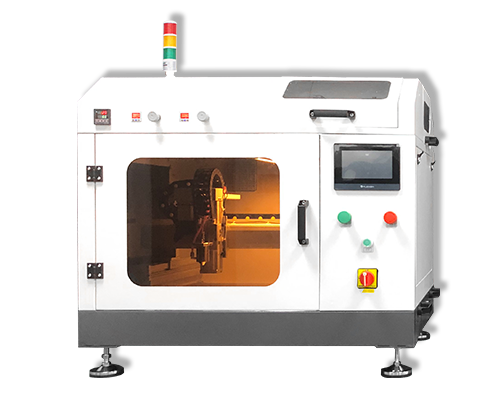Ultrasonic Membrane Electrode Spraying Preparation Method
Ultrasonic Membrane Electrode Spraying Preparation Method – Cheersonic
At present, the world is in a period of great development, great change and great adjustment, and my country’s economy is in a critical period of transformation and upgrading. In the process of social development, there are mainly two major problems, namely, energy problems, the depletion of non-renewable energy sources; the gradual deterioration of the environment and the destruction of ecological balance. How to effectively solve these two problems is one of the important issues for the government to improve the ecological environment and make the economy sustainable. Of course, there are many ways to solve the problem, which one is more effective and direct? Studies have shown that fuel cells are one of the effective ways to solve these problems. Due to the high development cost and technical difficulty of fuel cells, they have not been widely used and promoted. Among these technical problems, the key to restricting the development of fuel cells is membrane electrode fabrication technology.

Our company proposes a method for the production of membrane electrodes – the ultrasonic membrane electrode spray preparation method, which directly and effectively solves the technical problems encountered in the development of fuel cells in my country. Ultrasonic membrane electrode coating systems produce highly durable, uniform carbon-based catalyst ink coatings on fuel cell membrane electrode processes without membrane deformation. Uniform catalyst coatings are deposited on PEM fuel cells, GDLs, electrodes, various electrolyte membranes, and solid oxide fuel cells in sprayed suspensions containing carbon black ink, PTFE binder, ceramic slurries, platinum, and other precious metals. Ultrasonic spraying of other metal alloys, including platinum, nickel, iridium, and ruthenium based fuel cell catalyst coatings of metal oxide suspensions, can also be used to make PEM fuel cells, polymer electrolyte membrane (PEM) electrolyzers, DMFC (direct methanol) fuel cells) and SOFCs (solid oxide fuel cells) can generate large loads and high cell efficiencies.

